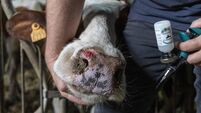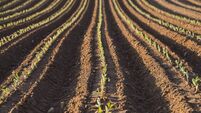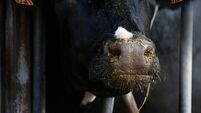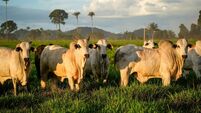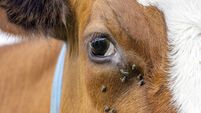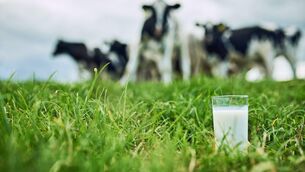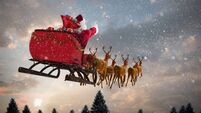Calls for protection for the Irish Goat
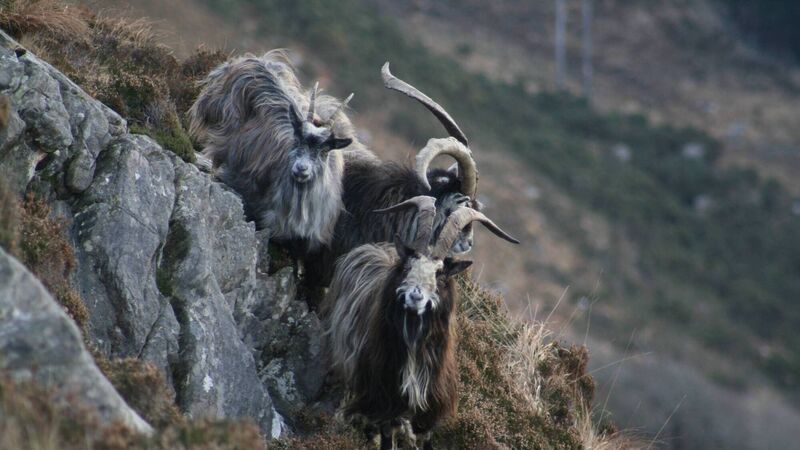
Mulranny Old Irish Goats. Picture: Old Irish Goat Society
The Old Irish Goat, which has been part of the rural landscape for over 4,000 years, should be urgently added to the list of animals protected under the Wildlife Act.
Paul Murphy, People Before Profit TD for Dublin South West, made the call in the Dail after claiming the species is critically endangered and being ruthlessly targeted by trophy hunters.

